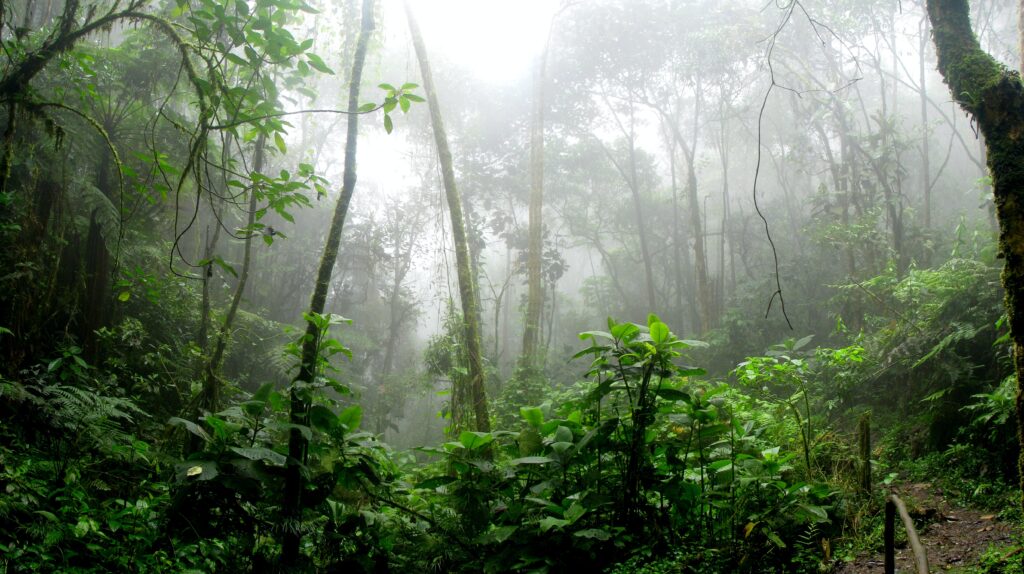There are several challenges facing the coconut industry today. Some of the main issues include:
- Low productivity: Coconut trees tend to have a low yield compared to other crops, which can make it difficult for small farmers to make a profit.
- Pest and disease: Coconut trees are vulnerable to a range of pests and diseases, which can reduce yields and lead to tree death.
- Poor infrastructure: In some countries, the lack of adequate infrastructure, such as roads and storage facilities, can make it difficult to transport coconuts and get them to market.
- Climate change: Coconut trees are sensitive to changes in temperature and rainfall patterns, and they may be negatively impacted by climate change.
- Market fluctuations: The price of coconuts can be volatile, which can make it difficult for farmers to plan for the future and make a profit.
- Limited genetic diversity: Many coconut varieties are genetically similar, which makes them more susceptible to pests and diseases. This lack of genetic diversity can also make it difficult to develop new varieties that are better suited to changing conditions.
How many times can you harvest coconut in a year?
Coconut trees typically produce coconuts throughout the year, but there is usually a peak in production at certain times of the year. The specific harvesting frequency can vary depending on the location and climate, as well as the age and health of the tree. In general, coconut trees that are growing in a tropical climate with an abundance of sunlight and water may produce coconuts more frequently than trees growing in a drier or cooler climate.
Coconut trees typically reach maturity and begin producing fruit at around 4 to 6 years of age, although this can vary depending on the variety and growing conditions. Once a tree starts producing coconuts, it will typically produce a harvest at least once a month, although the yield can vary significantly from tree to tree. Some trees may produce a large harvest once a month, while others may produce smaller harvests more frequently.
In general, it is not uncommon for a healthy, mature coconut tree to produce several harvests per year. However, the specific number of harvests per year can vary depending on a range of factors, including the tree’s age, health, and growing conditions.
Which country is demand for coconut?
Coconuts are widely consumed around the world, and there is strong demand for coconut products in many countries. Some of the countries with the highest demand for coconuts include:
- Indonesia: Indonesia is the world’s largest producer and exporter of coconuts, and it is also a major consumer of coconut products.
- Philippines: The Philippines is the second-largest producer and exporter of coconuts in the world, and it is also a major consumer of coconut products.
- India: India is the third-largest producer of coconuts in the world, and it is also a major consumer of coconut products.
- Brazil: Brazil is a significant producer of coconuts and a major consumer of coconut products, particularly in the northeastern states.
- Thailand: Thailand is a major producer and exporter of coconuts, and it is also a significant consumer of coconut products.
- Vietnam: Vietnam is a major producer and exporter of coconuts, and it is also a significant consumer of coconut products.
- Sri Lanka: Sri Lanka is a major producer and exporter of coconuts, and it is also a significant consumer of coconut products.
- Malaysia: Malaysia is a significant producer and exporter of coconuts, and it is also a major consumer of coconut products.
- China: China is a major importer of coconuts, and it is also a significant consumer of coconut products.
How many years coconut start fruiting?
Coconut trees typically reach maturity and begin producing fruit at around 4 to 6 years of age, although this can vary depending on the variety and growing conditions. Some varieties may take longer to reach maturity and start producing fruit, while others may start producing coconuts at a younger age.
Once a coconut tree reaches maturity and starts producing fruit, it will typically continue to produce coconuts throughout its lifespan, which can be more than 100 years in some cases. However, the tree’s productivity tends to decline with age, and a tree may produce fewer coconuts as it gets older.
It is worth noting that coconut trees have a natural lifecycle, going through periods of active growth and productivity followed by periods of slower growth. During the periods of slower growth, the tree may produce fewer coconuts. The specific lifespan and productivity of a coconut tree can be influenced by a number of factors, including the tree’s care and maintenance, the climate and weather conditions, and the soil and water conditions.





